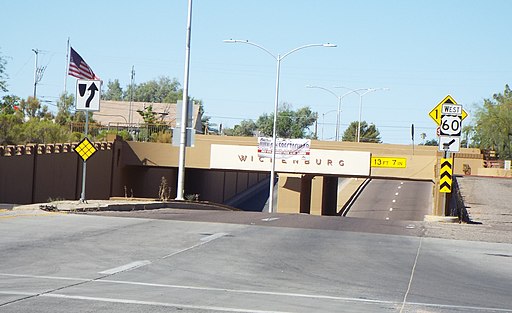Msjulie
Active Member
Lex Fridman's work at M.I.T showed that Tesla drivers are more attentive while on autopilot
This would be me, but not just more attentive, more nervous? something - I find that the car still does not anticipate like I would want it to (like I try to do), it still sees cars in front of it that are not there (queue dancing cars also) and can not see (based on what it shows on the screen) as far forward as I can nor does it yet include the same experience I have in decision making eg I see a car with a driver looking down (phone? food?) and automatically mark that car as something to keep an extra eye on..
To me, it still comes down to this is not yet a self driving car and inattentive drivers or misunderstanding of the nouns (autopilot etc), or both, will probably continue to lead to more tragedies down the road.
I will love the day when I can have the car take me cross country with little or no input from me but I'm also pessimistic it will happen 'soon'. Paying attention to your own car and all your surroundings is still the safest path *I think* at this time; the software and other devices are aids, not replacements - the driver must take the task of driving seriously. Sadly this seems to escape too many drivers, way before autopilot; people still engage in ill-advised behavior while driving, clever cars or not.
All due sympathies to those who had experience recent losses; sadly, every day route 17 near me has numbers of possibly avoidable accidents, some quite serious indeed but aside from showing up in the route 17 traffic twitter feed, they are all too 'normal' an occurrence and don't show up much outside the general San Jose/Santa Cruz area news, if that.




